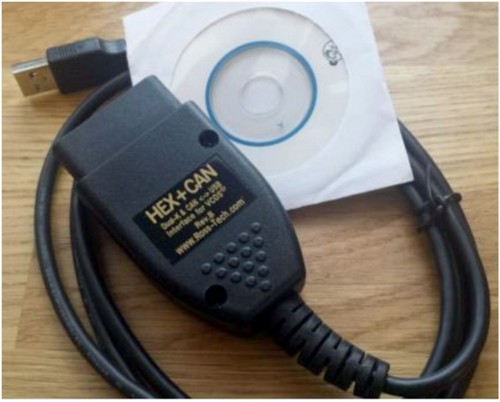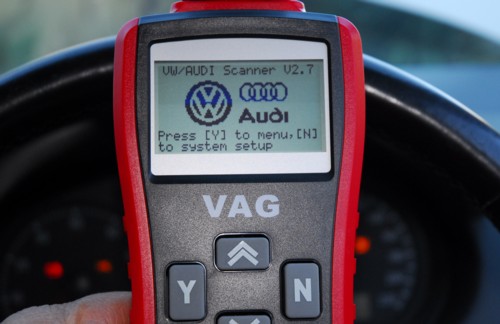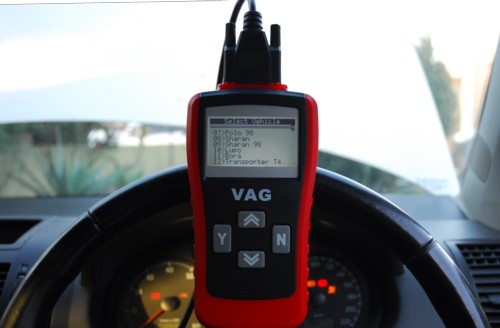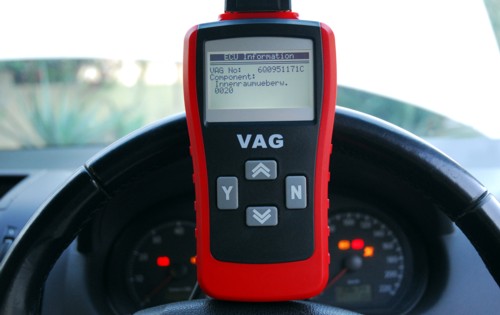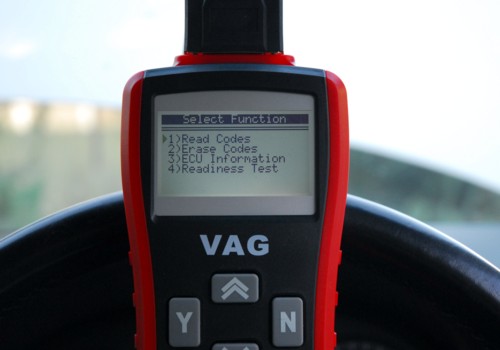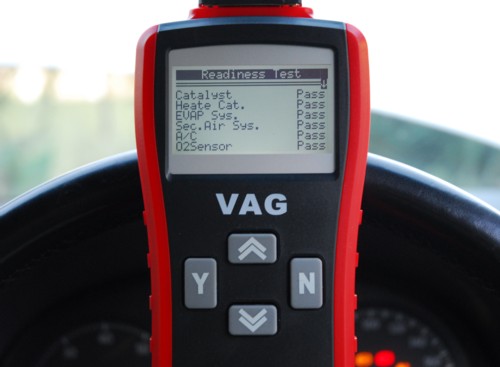VW BREAKDOWNS
Virtually everyday I see at least a half a dozen of brand new cars hitching a lift to some service center. Rollsbacks are becoming pervasive and are thus trending because the days when you could manage a quick repair along the roadside is long gone. Whether you drive an older well used or brand new vehicle, breakdowns are inevitably and will happen at the most inopportune moments or at the worst possible time. Having a roadside assistance service like the AA (Automobile Association) can provide some peace of mind, especially to female drivers with infants or aging parents / grandparents on board. Somehow breakdowns seem to happen when you are smartly dressed enroute to a function of sorts or when you are late for an appointment. That's Murphy's Law for you.
 |
| VW Golf GTI with a engine sensor issue |
 |
| VW Golf GTI going nowhere slowly |
A dead battery is another common issue, which is most susceptible in winter, especially relevant to delivery vehicles that drive short distances, starting their engine often, thus not giving the battery sufficient opportunity to charge fully. Persistent battery problems are more often than not caused by a faulty alternator regulator and is not normally repairable at the road side. I've had my alternator die on me at night while driving home from movies, and I was actually watching my headlights getting dimmer by the meter, as I drove. Fortunately I made it home before my battery ran down completely.
Then there is the clutch cable that snaps under stress, which is normally a deal breaker because it inhibits changing gears. Once when this happened to me, I started my car whilest the transmission was in 3rd gear causing the car to lunge forward as the starter rotates. It's kinda like using the starter to propel the car forward until it starts. When my car's engine started, I managed to drive all the way home in third gear without incident.
 |
| VW Polo with a ESP and EPC issue |
 |
| VW Polo enroute service centre. |
An overheating engine can just stress you out because the first thing that comes to mind is the possible cost of repair. An overheated engine is commonly caused by a snapped fan belt or stuck thermostat which can cause the cylinder hear gasket to blow if not detected and repaired in time. When my car's engine overheated, I was some 30 Km out of Bloemfontein on the N1, enroute Cape Town; somehow the attendant at the filling station who topped up my radiator water level didn't replace its cap. As a consequence the
water bubbled out and with insufficient water to keep the engine cool, the head gasket blew and I had to stay in Bloem for 13 days. It was an expensive exercise, the cost of a deco set with head gasket, the cost of the opportunistic mechanic, and the cost of hotel accommodation and obviously food.
A not so common roadside fault is locking your keys inside the vehicle or even loosing your keys. Remember the microchip inside your key can also go faulty and is the only thing that can disable your immobilizer. If this should happen it would be worthwhile having roadside assistance because they generally have a relationship with vehicle manufactureres and authorised dealers and have access to Key Assist.
Regular services would do your driving spirit the world of good because any worm components can be detected before they actually go faulty. On of the worst roadside breakdowns is a snapped cam belt but if checked at regular services and replaced before it breaks would save you a shed load of money. It is worthwhile keeping a set of jumper leads and a 5L can of water in you boot as well as an empy 5L can and a funnel, just in case you run out of fuel. A spare fan belt and a mechanical toolkit would also be beneficial as boot luggage. Get into the habit of continually looking at your instrument cluster while driving to check your guages for normality, especially oil pressure, oil level and water. Check your coolant level yourself if possible before going on any long trip, and please don't allow garage attendants check it, at least not without your supervision. Also make sure your have a spare key.
 |
| I've never seen two VW towed in tandem like the two Toyotas above. |
 |
| Two police vehicles that needs some TLC |
Looking at the two images above is a least a consolation to Volkswagen owners that it's not only VW vehicles that seems to enjoy riding on the back of rollbacks.
Feel free to upload your VW, SKODA, SEAT & AUDI scans.
Engine Control Module, Data Bus for Comfort System, Coding, Control Module for Digital Sound Package, Control Module for Airbags, Control Module for Climatronic, Klimaanlage, Control Module in Instrument Cluster, Power Steering Control Module, No Signal/Communication - Intermittent, Intermittent Operation, Defective - Intermittent, Open Circuit — Intermittent, Short to Ground — Intermittent, Open or Short to Plus — Intermittent, Implausible Signal — Intermittent, No Communications - Intermittent, Electrical Fault in Circuit - Intermittent, Adresse, Address, Betriebsnummer, WS Code, Rollbacks, Freeze Frame, Fault Status, Coding, Readiness, Klimaanlage, Cent. Elect, Gateway CAN, Inter. Monitor, Central Conv, Komfortgerát, LenkhilfeTRW, Kombiinstrument, volkswagenowners,
Feel free to upload your VW, SKODA, SEAT & AUDI scans.
Engine Control Module, Data Bus for Comfort System, Coding, Control Module for Digital Sound Package, Control Module for Airbags, Control Module for Climatronic, Klimaanlage, Control Module in Instrument Cluster, Power Steering Control Module, No Signal/Communication - Intermittent, Intermittent Operation, Defective - Intermittent, Open Circuit — Intermittent, Short to Ground — Intermittent, Open or Short to Plus — Intermittent, Implausible Signal — Intermittent, No Communications - Intermittent, Electrical Fault in Circuit - Intermittent, Adresse, Address, Betriebsnummer, WS Code, Rollbacks, Freeze Frame, Fault Status, Coding, Readiness, Klimaanlage, Cent. Elect, Gateway CAN, Inter. Monitor, Central Conv, Komfortgerát, LenkhilfeTRW, Kombiinstrument, volkswagenowners,
